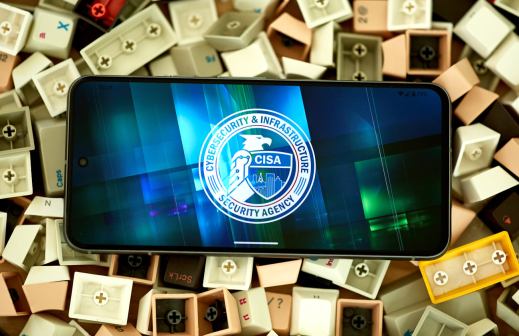Protecting first responder networks is both expensive and essential

First responder networks are increasingly becoming targets for cyberterrorists and criminals, and it’s clear we need to better protect them.
In July, the Joint Counterterrorism Assessment Team (JCAT), which includes members from the FBI, DHS and the National Counterterrorism Center, warned of rising threats, saying, “We assess with moderate confidence that cyber actors, including those who support violent extremism, are likely to continue targeting first responders on the World Wide Web including by distributing personally identifiable information (PII) for the purpose of soliciting attacks from willing sympathizers in the homeland, hacking government websites, or attacking 911 phone systems to hinder first responders’ ability to respond to crises.”
The warning came on the heels of a telephony denial of service (TDOS) attack in October 2016, which affected 911 emergency call centers in at least 12 states.
Major breaches would be catastrophic, with wide ranging repercussions and many lives lost. It is also clear that the pace of change in tightening defenses at the state level is far too slow. But just three straightforward steps can help agencies better prepare for inevitable cyberattacks on first responder networks:
Follow the leaders
As part of a broader cybersecurity defense strategy, federal intelligence and military agencies such as the CIA, NSA, FBI, and DoD also physically isolate their networks and network assets, ensuring that the most mission critical data is never exposed to the public internet and only accessible to those with tightly controlled permission. The air gap network ensures that advanced signaling attacks that may compromise a desktop have no way of propagating to more sensitive systems as there simply is no route from one network to the other. Further, to protect against internal theft or maleficence, these agencies also filter or block exposed USB ports on servers and desktop computers to ensure data integrity is never compromised.
It’s time for state and local governments to follow the lead of these federal agencies and add air gap network isolation to their cybersecurity strategy. The NSA’s NIAP protection profile version 3.0 provides certification for products that have been vetted and found to conform to the strictest level of air-gap network isolation.
Traditional measures may not be enough
If that seems like overkill for many agencies and networks, it just may be. This level of security may not be necessary on every network and all data. But first responder networks and critical infrastructure absolutely must enact physical network segmentation and isolation practices as the most fail-safe level of defense possible. Just like our military and intelligence agencies have discovered, traditional cybersecurity measures may not be enough to keep a determined adversary out. Our only fail-safe approach to ensure that the most sensitive cyber assets are never compromised is to isolate them from the public internet and any intranet with public exposure.
However, there is no sugar-coating it: physical segmentation of networks is costly and often inefficient. Still, to understand the necessity one only has to imagine the horror and disruption that could be caused, for instance, by attacking a public transportation network at the same time as disabling first responder networks.
States and localities must conduct in-depth cost-benefit analyses to determine which networks should be physically isolated, taking into account more than just current budgetary dollars and cents, but the cost in lives and economic impact an attack on critical systems would have.
Regulations with teeth
Yes, the idea of physically segmenting networks is not new. And it’s true that there’s already a long list of regulations, including those in government, energy, and finance. But most of these regulations simply don’t have the teeth needed to enforce best practices. They allude to the need to logically segment data and systems. Many offer mere guidelines and others allow room for minimum levels of interpretation. None have the clout and mechanisms needed ensure the level of compliance necessary to guarantee that an attack will not succeed. Enacting updated cyber regulations for critical networks at the state and local level must be a priority for politicians as well as the businesses and citizens that rely on these networks. Certainly, that describes all of us.






